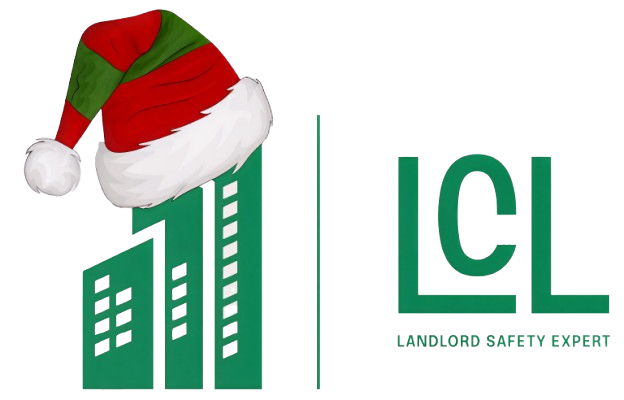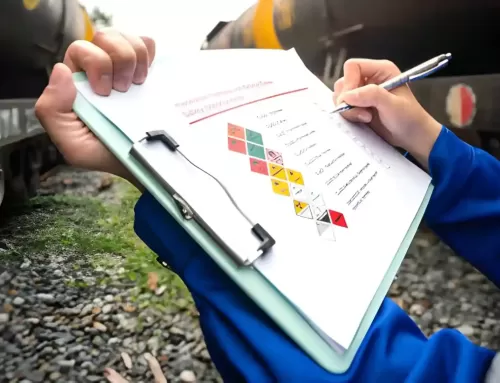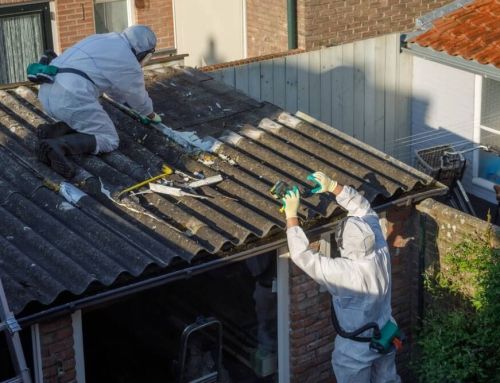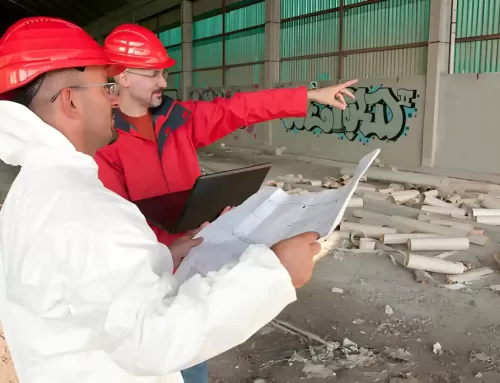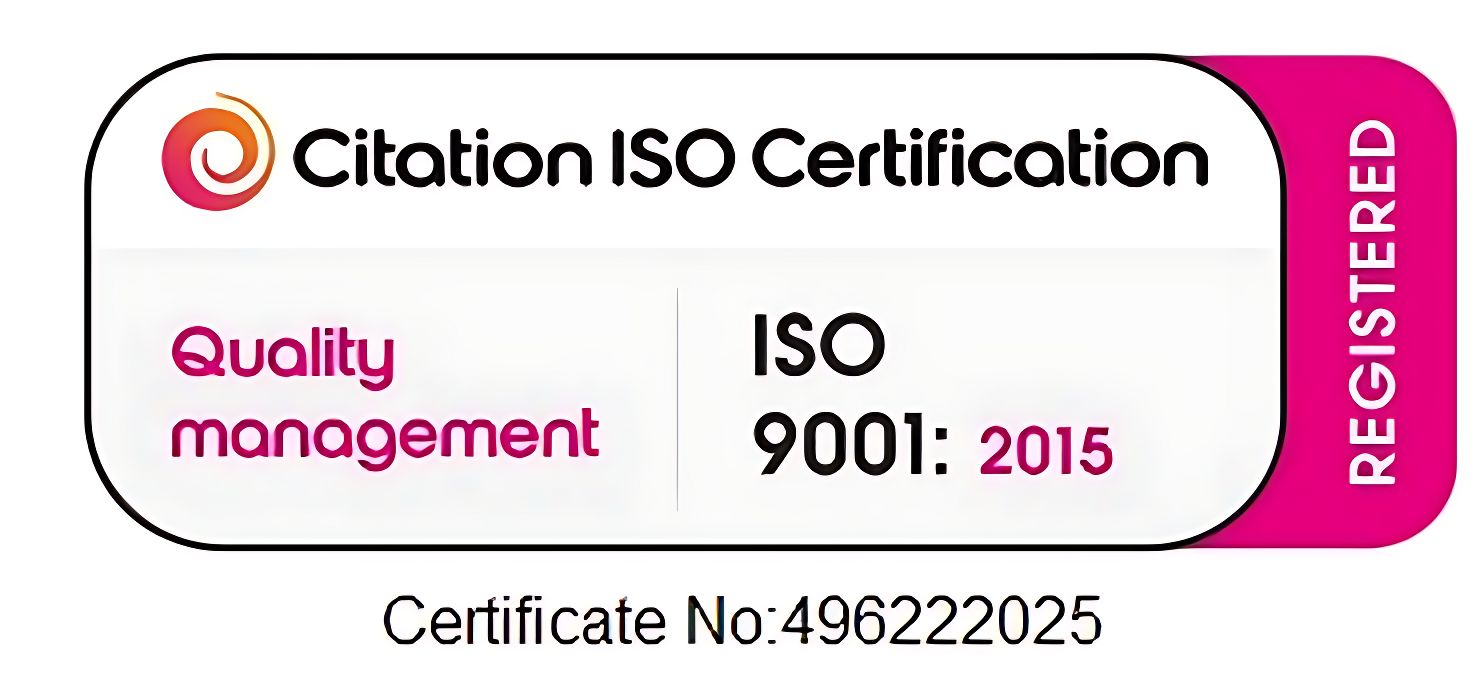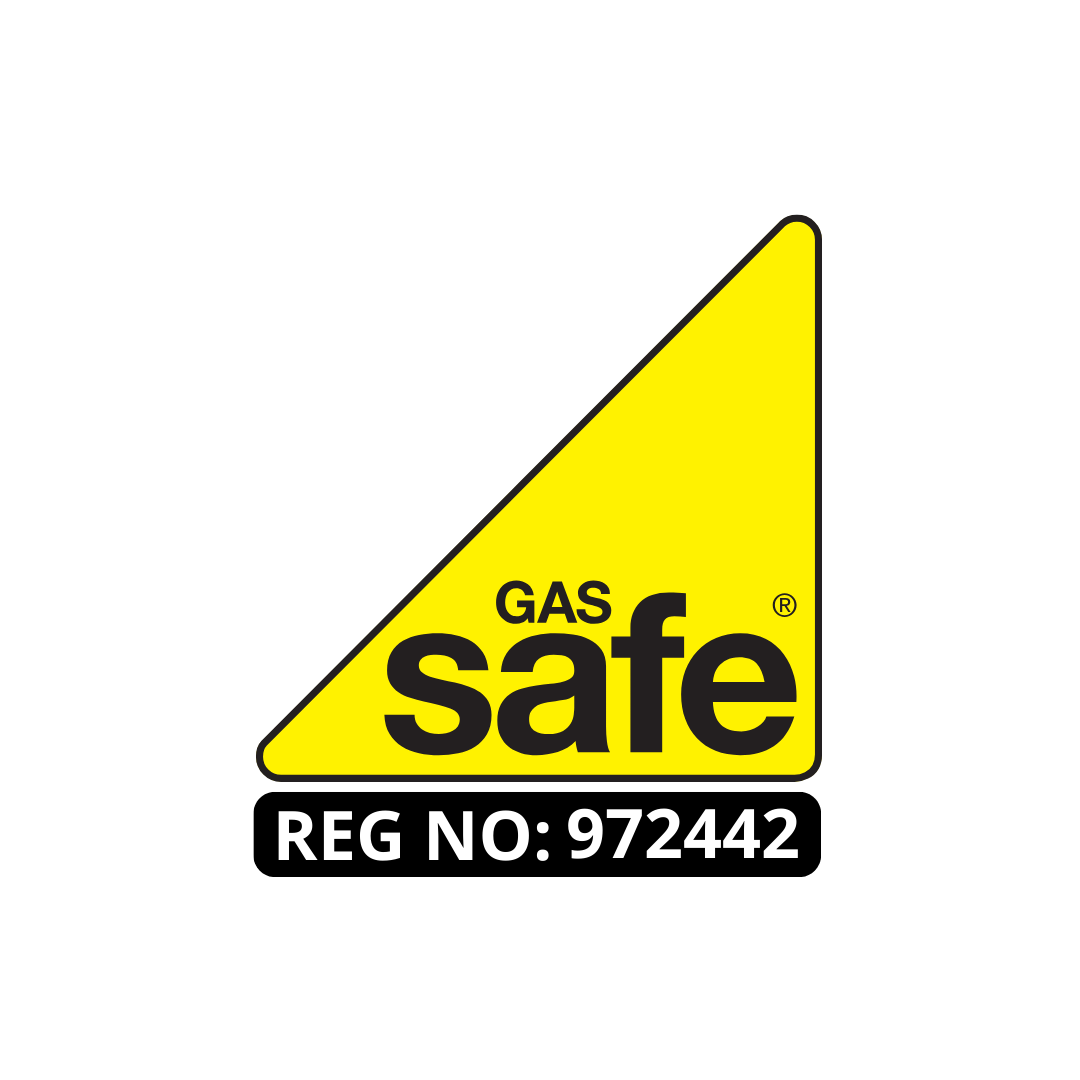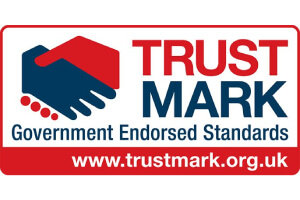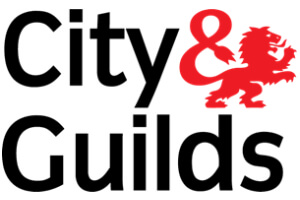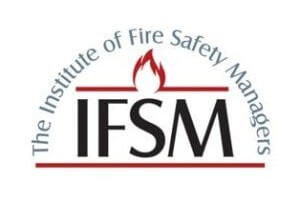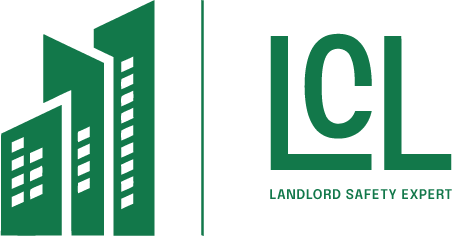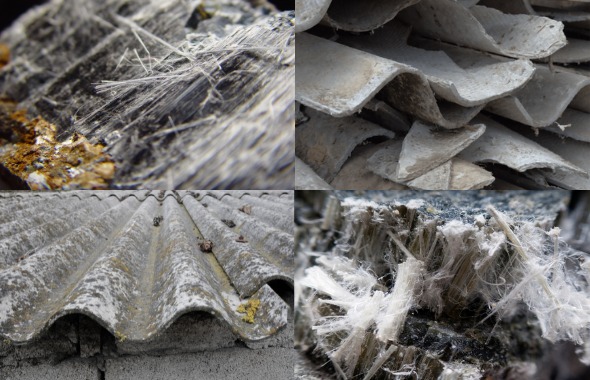
Asbestos Removal is a significant concern for property owners. Handling this harmful material improperly can cause serious health issues. Understanding its presence in properties, the removal process, and associated costs is fundamental. There are also legal obligations that property owners must consider. Understanding the challenges of asbestos removal provides essential insights for guaranteeing health and safety in any property.
Key Takeaways
- Certified professionals should conduct removal to ensure safety and obedience with legal regulations.
- Thorough inspections detect asbestos locations, allowing for effective and safe removal strategies.
- Proper sealing and specialised techniques minimise the risk of airborne asbestos fibres during the removal process.
- Post-removal air quality tests confirm that the environment is free from residual asbestos fibres.
- Budgeting for removal includes considering hidden costs associated with survey, disposal, and testing fees.
What Is Asbestos and Why Is Removal Essential?
Asbestos, a naturally occurring mineral once prised for its fire-resistant properties, poses significant health risks when its fibres are inhaled. This carcinogenic material can lead to severe respiratory conditions, including asbestosis, lung cancer, and mesothelioma.
When asbestos-containing materials are disturbed, tiny fibres become airborne, creating exposure for anyone nearby.
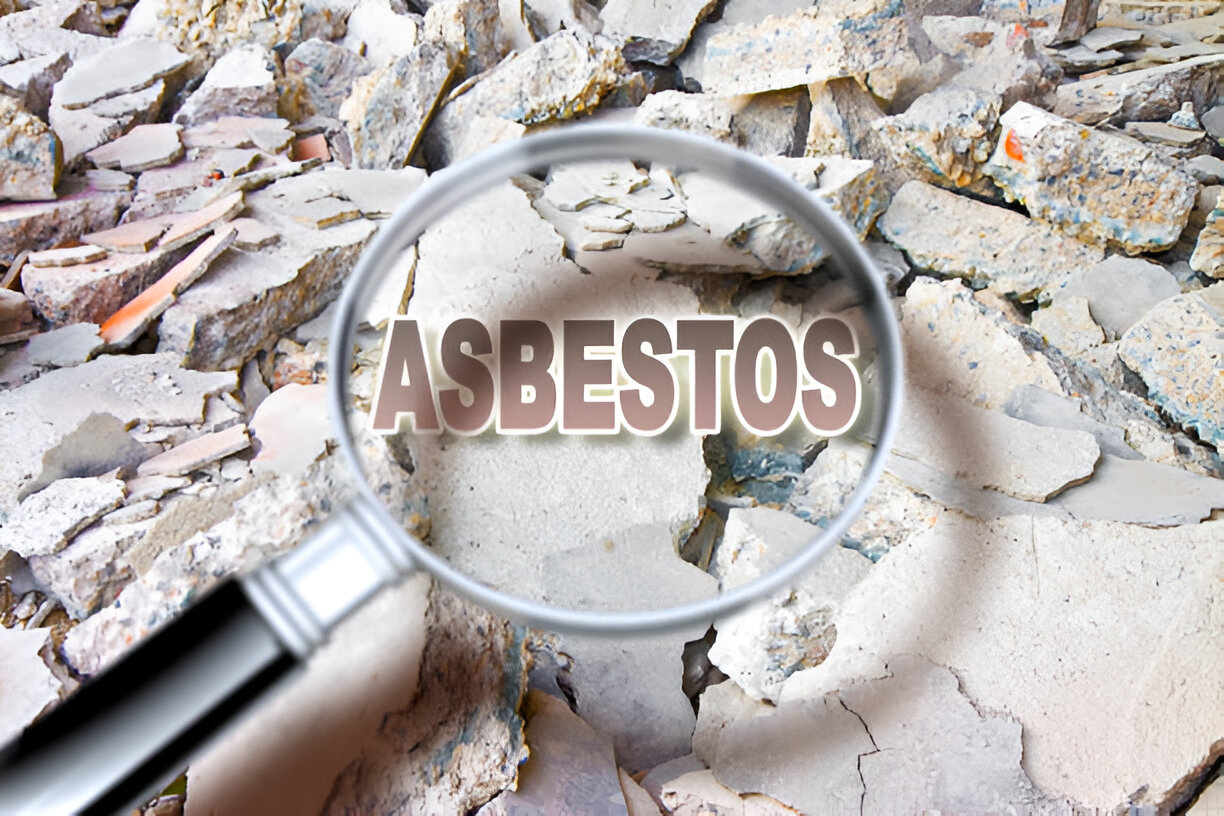
The removal of asbestos is essential to safeguard public health and guarantee safe living environments. Properties built before the 1980s are particularly at risk, as they often contain asbestos in various materials.
Professional asbestos removal is imperative, as it requires specialised techniques and equipment to handle the dangerous material safely. Ignoring the presence of asbestos can lead to severe health consequences for both occupants and workers.
Consequently, timely and thorough removal not only complies with legal regulations but also protects the well-being of individuals, making it a fundamental aspect of property maintenance.
Common Places Asbestos Is Found in UK Properties
Properties in the UK, particularly those constructed before the 1980s, often contain materials that may harbour asbestos. This risky substance was commonly used due to its fire-resistant characteristics and durability. Spotting common locations of asbestos can help homeowners guarantee safety.
| Location Type | Common Materials |
|---|---|
| Insulation | Asbestos insulation boards |
| Roofing | Asbestos cement sheets |
| Flooring | Vinyl tiles and adhesives |
| Walls and ceilings | Textured coatings and plaster |
| Pipe lagging | Asbestos pipe insulation |
These areas are essential for inspection, as disturbance can release harmful fibres into the air. Homeowners should conduct thorough assessments and engage professionals for testing and removal. Understanding the frequency of asbestos in older properties is primary for maintaining a safe living environment.
How the Asbestos Removal Process Works
The asbestos removal process involves a series of systematic steps designed to guarantee safety and compliance with regulations. Initially, a certified professional conducts a thorough inspection to identify asbestos-containing materials and assess their condition.
Following this assessment, a detailed removal plan is developed, outlining the necessary precautions and procedures. Before commencing work, the area is sealed off to prevent contamination, and appropriate safety gear is donned by the removal team.
During the removal, materials are carefully extracted using specialised tools to minimise dust and debris. Wetting techniques may be employed to further reduce airborne fibres.
Once removed, the asbestos is securely packaged and labelled for safe disposal under local regulations. Post-removal, air quality tests are conducted to verify that no residual fibres remain.
The area is then cleared for reoccupation, providing a safer environment for occupants and reducing health risks associated with asbestos exposure.
Costs of Asbestos Removal in the UK
Understanding the costs associated with asbestos removal in the UK is crucial for homeowners and property managers who face hazardous conditions. The expenses can vary considerably depending on several factors, including the extent of contamination, the type of property, and the method of removal. A general cost breakdown offers an overview of what to anticipate.
| Cost Factor | Estimated Cost (GBP) |
|---|---|
| Survey and Assessment | £200 – £600 |
| Removal (per square meter) | £50 – £150 |
| Disposal Fees | £100 – £300 |
| Air Quality Testing | £150 – £400 |
| Total Estimated Cost | £1,000 – £3,000+ |
Legal Responsibilities for Property Owners and Landlords
Property owners and landlords must prioritise safety by being aware of their legal responsibilities regarding asbestos management. In many jurisdictions, there are strict regulations governing the identification, management, and removal of asbestos-containing materials (ACMs).
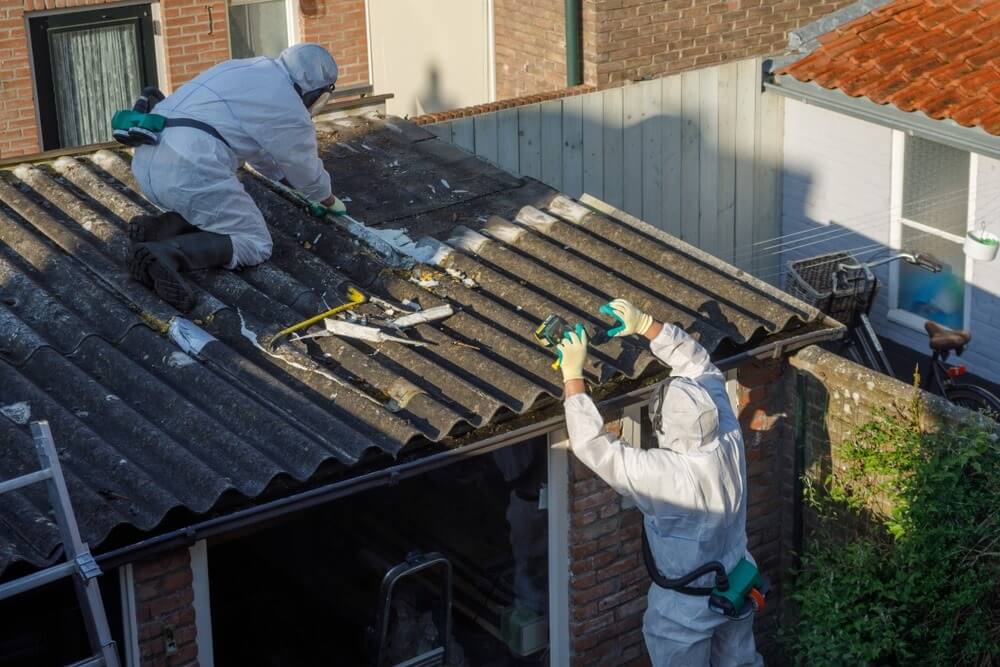
Property owners are required to conduct thorough assessments to determine the presence of asbestos in their buildings, particularly in properties built before 2000. If asbestos is found, they must guarantee it is properly managed or removed by licensed professionals.
Failure to comply with these regulations can result in significant legal repercussions, including fines and liability for health issues arising from asbestos exposure. Landlords are also required to notify tenants of any known risks related to asbestos.
These estimates underscore the importance of obtaining multiple quotes from certified professionals to ensure a comprehensive understanding of the financial implications of asbestos removal.
Signs Asbestos Might Be Present in Your Building
While many older buildings may appear well-maintained, several signs can indicate the presence of asbestos. Property owners should remain vigilant for common indicators that may suggest the presence of asbestos materials within their structures.
- Age of Materials: Buildings constructed before the 1980s often utilised asbestos-containing materials, particularly in insulation, flooring, and roofing.
- Damaged Surfaces: Crumbling or deteriorating insulation, tiles, or ceilings may release asbestos fibres, posing a risk.
- Unusual Texture: Textured ceilings or walls, often referred to as “popcorn” ceilings, may contain asbestos if installed before regulatory changes.
Recognising these signs is essential for property owners to guarantee safe living or working environments.
If any of these indicators are present, it is advisable to consult a professional for further assessment and potential testing, as early detection is key to effective management.
Health Risks Linked to Asbestos Exposure
Asbestos exposure poses considerable health risks that can have long-lasting effects on individuals. Inhalation of asbestos fibres can cause serious respiratory illnesses, such as asbestosis, a chronic lung disease resulting from lung tissue scarring.
Additionally, exposure is associated with several types of cancer, most notably mesothelioma, a rare yet aggressive cancer impacting the lining of the lungs, abdomen, or heart. Symptoms of these diseases often do not appear until decades after exposure, making early diagnosis and treatment challenging.
Furthermore, individuals who smoke and have been exposed to asbestos face a higher risk of developing lung cancer. Given these severe health consequences, property owners need to recognise the importance of professional asbestos removal to protect themselves and future occupants from these hidden dangers.
Awareness and timely action can profoundly reduce the health risks associated with asbestos exposure.
Choosing the Right Assessors for Asbestos Removal
Selecting qualified assessors for removal is essential for guaranteeing safety and compliance with regulations. Assessors play a crucial role in identifying the presence of asbestos, evaluating its condition, and determining the most suitable removal strategies.
When choosing an assessor, it is essential to verify their credentials, including certifications and experience in asbestos management. Prospective clients should seek professionals who have a thorough understanding of both local and federal regulations governing the handling and disposal of asbestos.
Additionally, it is beneficial to examine past client reviews and seek recommendations from trusted sources. A qualified assessor should conduct a thorough inspection and provide a detailed report outlining the findings and proposed actions.
Clear communication is fundamental; as a result, assessors should be willing to address any concerns and answer questions thoroughly. By selecting the right assessors, property owners can guarantee that the asbestos removal process is conducted safely and effectively, ultimately promoting a healthier environment.
Landlord Certificate London provides the most reliable service with affordable pricing.
When Do You Need Professional Asbestos Removal?
Recognising the presence of asbestos in a property can be alarming, and specific circumstances warrant immediate action from certified professionals.
- Visible Damage: If insulation or materials containing asbestos show signs of wear, such as cracks or fraying, the risk of exposure increases considerably.
- Renovation Projects: During renovations, especially in older buildings, disturbing asbestos-containing materials can release harmful fibres into the air, requiring expert intervention to guarantee safety.
- Health Concerns: If occupants experience unexplained respiratory issues or other health concerns linked to asbestos exposure, it is imperative to engage professionals for thorough inspection and removal.
In these scenarios, timely professional assistance is essential to ensure a safe living environment and to reduce severe health risks associated with asbestos exposure.
Frequently Asked Questions
Can I Remove Asbestos Myself to Save Money?
The question of removing asbestos personally to save money often arises. However, experts strongly advise against it due to health risks, legal regulations, and potential complications, emphasising the importance of hiring professionals for safe and effective removal.
What Certifications Should Asbestos Removal Professionals Have?
Asbestos removal professionals should possess certifications such as the EPA’s Asbestos Hazard Emergency Response Act (AHERA) training, state-specific licenses, and completion of OSHA training. These qualifications ensure safety and compliance with regulations during the handling of hazardous materials.
How Long Does the Asbestos Removal Process Typically Take?
The duration of the asbestos removal process can vary considerably, typically ranging from a few hours to several days. Factors influencing this timeline include the project’s scope and the condition of the materials involved.
Will My Insurance Cover the Costs of Asbestos Removal?
Determining insurance coverage for asbestos removal can vary considerably. Policyholders should review their specific insurance policies and consult with their insurers to understand what costs, if any, are covered related to asbestos abatement.
What Should I Do if I Suspect Asbestos in My Property?
Upon suspecting asbestos in a property, it is essential to avoid disturbing the material, seek a professional assessment, and follow local regulations for testing and potential removal to ensure safety and compliance with health guidelines.
Conclusion
In summary, prioritising professional asbestos removal is essential for ensuring the safety and health of property occupants. By understanding the risks associated with asbestos exposure and recognising its common locations, property owners can make informed decisions. Engaging certified experts not only guarantees compliance with legal responsibilities but also minimises health threats. Ultimately, investing in safe removal develops a healthier living environment, protecting both inhabitants and the property’s integrity.
About the Author: LandlordCertificate
Related Posts
Get Social
Recent Posts
- Fire Alarm Installation as a Foundation for Stronger Property Protection
- Properties That Must Hold a Valid Fire Safety Certificate
- How a Fire Risk Assessment Shapes Stronger Safety Decisions
- Why Every Property Requires a Valid Gas Safety Certificate
- EICR Testing and Property Safety Overview Guide for Building
